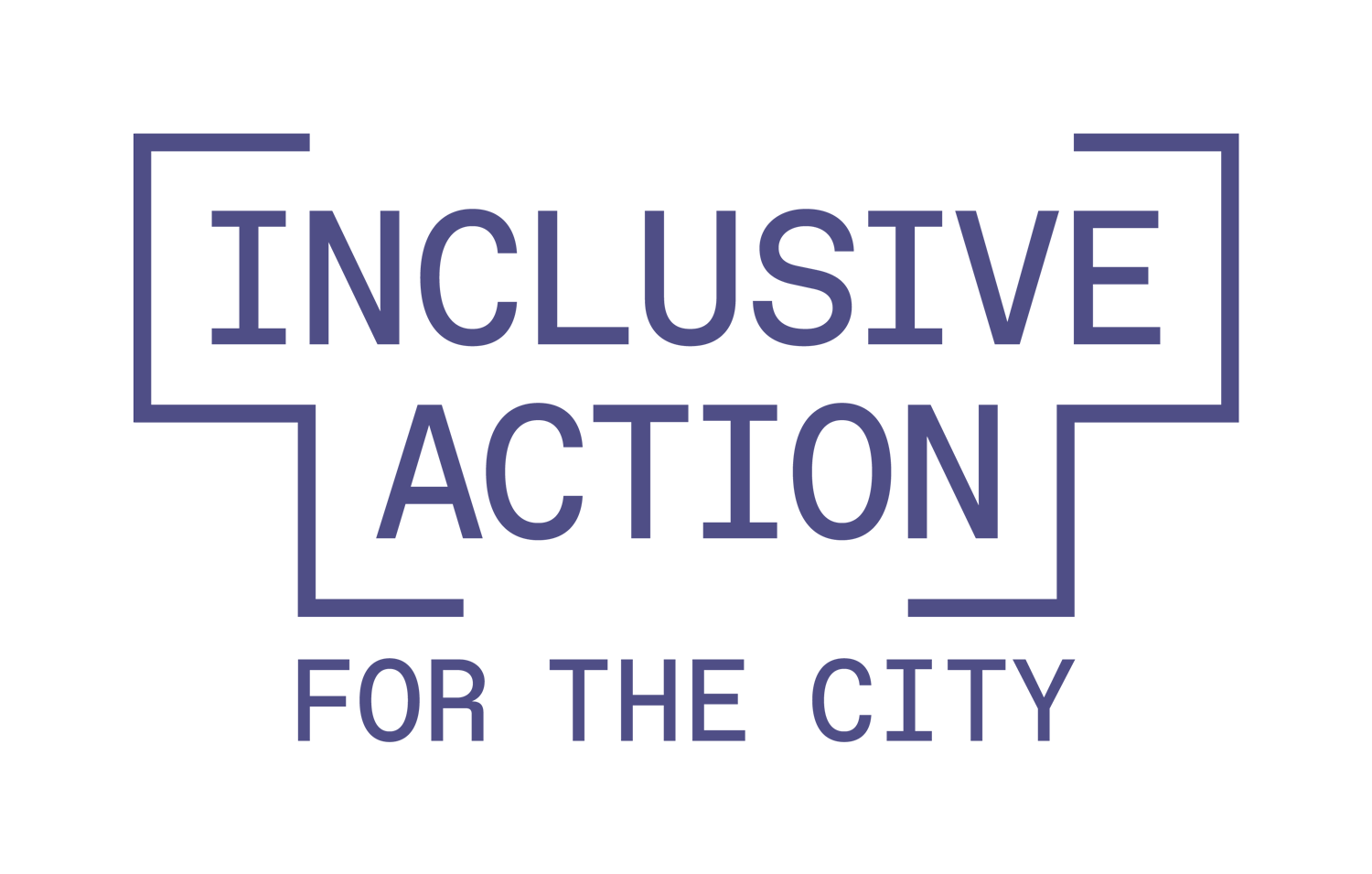Building and Financing Community Resilience: the Social, the Technical, and the Terrifying
Did you know that 40% of Los Angeles is asphalt? Or that 50% of households in LA County don’t have access to an air conditioner? Jonathan Parfrey, the Executive Director of Climate Resolve, shared those statistics with us at an event on Building Resilience to Climate Change, held by Enterprise Community Partners and the Federal Reserve Bank. Throughout their events, we heard bits and pieces of deeply troubling information that have real implications now - especially in low-income communities of color. We organized some of the topics we found most interesting in this blog.Rudy Espinoza, our Executive Director, opened up the panel with a few comments on how we might frame a conversation around building resilience for all by building for the most vulnerable. His first point was that “equity is not a special interest group.” It instead “should be the cornerstone of any strategy we put together.” Next, that low-income communities are and will continue to be the most impacted by climate change. And lastly, that “low-income communities have the answers” to the problems we are all facing. With this in mind, this first event set the tone for the full day forum.By bringing in people from vastly different disciplines - seismologists, planners, community development folks, financers, policy analysts, architects and more - the day was filled with cross-disciplinary ideas for solutions to some of the most potentially detrimental issues we face living in Southern California (like the ever-imminent “Big One”). Dr. Lucy Jones, renowned seismologist, scientist and researcher, opened up with a jarring presentation on what exactly we are doing to our planet and how a “Big One” would displace 255,000 households in Los Angeles and leave the area without water for nearly 3 months [Extra scary - for those of you who remember the Northridge Earthquake of ‘94, it would cause the damage seen in Chatsworth but across the whole metropolitan region]. She also reminded us that the building code in the State of California needs to be updated by not allowing for new construction to opt-out of stronger building material for a meager 1% cost saving. After some questions and answers with Dr. Jones, participants were asked to understand their role for the rest of the day as both “teachers and learners” because there were many experts in the room who had years of experience in their individual fields, and could learn a lot from the experts sitting right next to them.With 12+ hours of convening between the two days, many ideas excited people and caused in-depth discussion. Here are some of the ideas that we felt really summed up the series:
Small Businesses are hurting and they need help now - through funding, support, and policy.
The same for low-income individuals, particularly communities of color.
We need to work on preparation and infrastructural updates instead of focusing the vast majority of our resources on recovery after the fact - this way we can mitigate disaster before it hits.
We need to act fast on these issues and it has to be collective - no individual can do it alone and it has to be the actions of the collective in order to create real change.
But how do we think about the issues of the future when there are people who need help right now? If we aren’t planning for the future, the people LURN - and our partner organizations - advocate for, will be irreversibly harmed by the effects of climate change. The idea of an earthquake taking down some of those luxury high-rises in downtown could lead to further displacement of folks in the older, shorter, and standing housing stock. The upper-class individuals who are displaced by a catastrophic event like this will be willing to pay the price for housing that is still standing - further exacerbating the crisis-level issue of gentrification Los Angeles is already facing. Similarly, low-income communities of color already face harder circumstances when a disaster happens. So building against it in an equitable way is not only a moral imperative, but also something we should have done decades ago through infrastructure and building code updates.The two days of ideas, conversation, and panels brought in mitigations and solutions that involved holistic thinking about how to fund new infrastructural updates while planning for those among us who are most vulnerable. Everything from new coalitions and collectives being formed, to holistic programs for providing assistance, to consolidated government funds were put on the table with the pros and cons listed to understand some of the limitations each brings. Each of the proposals made one thing clear: equity needs to be at the forefront in order for real change to happen. How do we keep up this momentum to bring our novel ideas to fruition and continue making Los Angeles a better city for everyone? Reach out to us if you have thoughts or ideas, we are always looking for new ways of thinking about these complex issues.
